I really like cute package designs of lip glosses and lip balms. These can come in all shapes, including plastic cupcakes, tarts, doughnuts, and chocolates. Some also come in cute branded tins. The cute lip gloss designs appeal to the little girl in me. In this post, I've added several examples of innovative designs for lip balm and gloss.
"Joe and Paul" have several nicely-designed products. They use a lot of old-fashioned designs and florals in their packaging. One of their past products was lip gloss branded with 'Alice in Wonderland'; the most recent addition to their brand are patterned sticks of lipstick with cat heads carved out of the top of the lip stick. This is a little unusual, and I am not aware of any other company carving a design out of their lipstick, but it's certainly different.
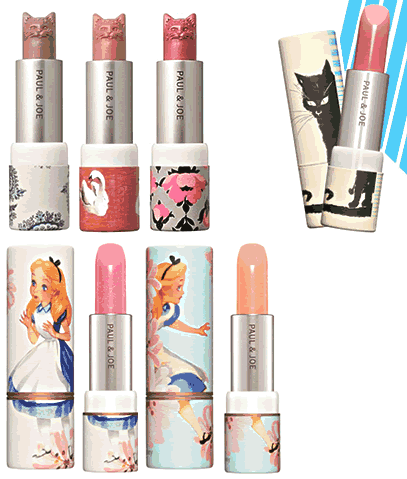
Other gloss includes Victoria's Secret limited edition lip gloss, Maiko lip balm, and DuWop's Lip Venom. Victoria's Secret lip gloss celebrates the style of demin/jeans. Maiko, a Japanese company, sells lip balm with cool and collectible Japanese-style design on the packages, and DuWop's Lip Venom package stands out with a simple design, muted colours, and large font.
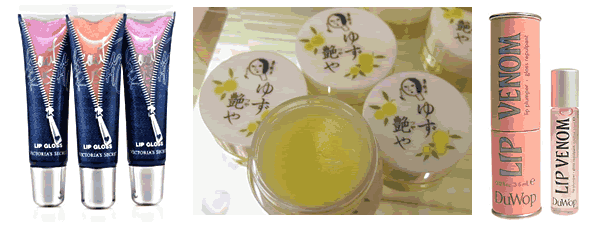
Scharffen Berger's Ganache for Lips comes in several dessert-themed flavours with edible-looking packaging. Cheeky Chimp has several cute package designs for its lip balms, including several with chimps, but I like Chocolate Truffle.
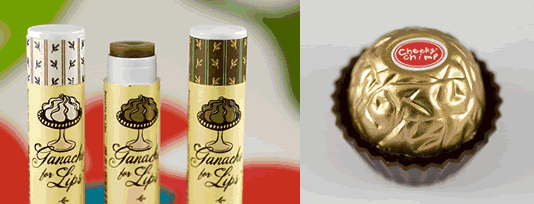
Urban Decay has launched a series of lip glosses with different men on them. When the lip gloss package is turned upside down, the men are revealed in just their underwear. Nice! I also liked the antique-looking little tins of lip balm from MOR Cosmetics.
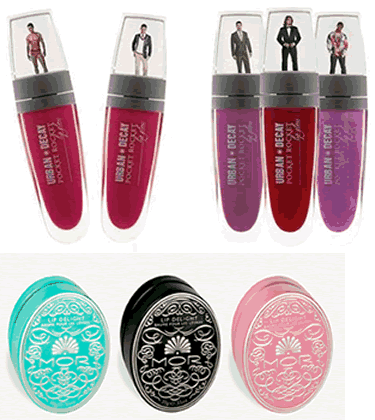
Love & Toast has some very cool package designs for its whole product range. I love the colours - bright pink packaging and neon green lip balm. The packaging uses hand-drawn imagery and fonts, and it's very well-placed for young-at-heart (music and festival) buyers.
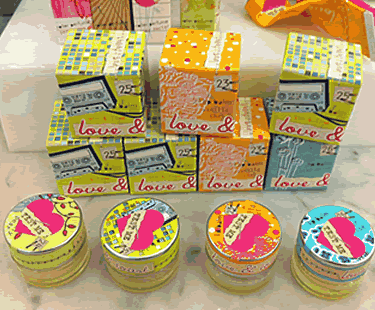
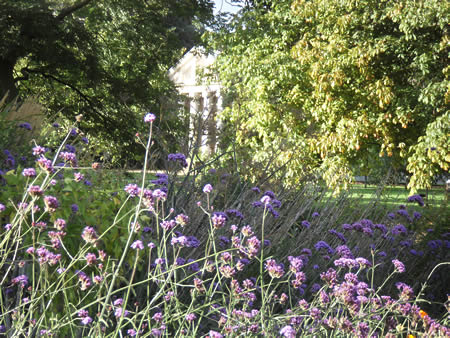

Recent Comments